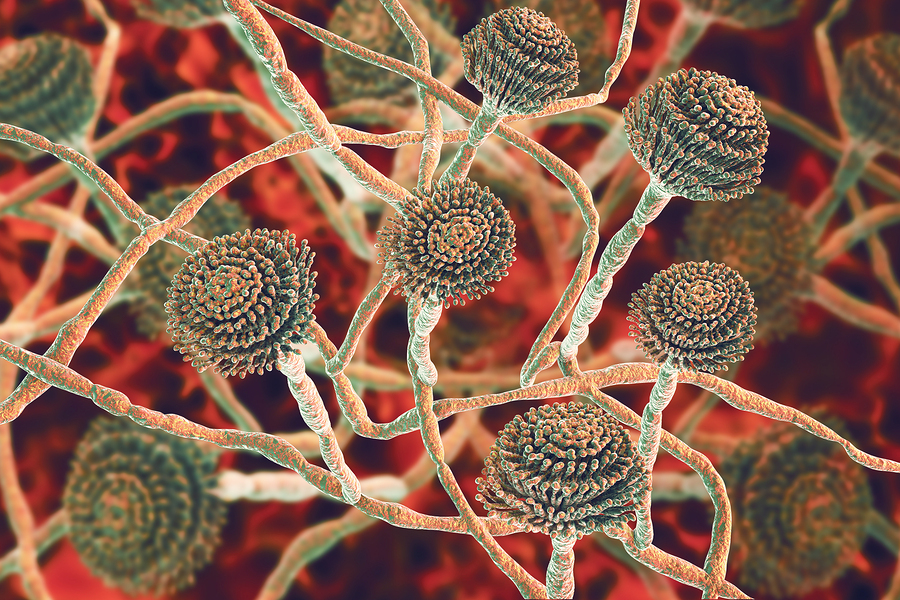
Toxic mold has severely affected our lives (Alessandra and LeRoy).
The impact on Toxic molds on human health has risen quite a bit over the past decade. It has been linked to serious health problems including respiratory infections and neuro-toxicity. Furthermore, the effects of toxic mold are not just limited to the lungs and brain. Toxic mold also effects intestinal tract and promotes the development of leaky gut.
Mold can thrive in humid conditions and live in water damaged buildings which provide a perfect environment for mold to survive. Once those water damaged environments are established, mold can spread and reproduce spores. These mold spores are capable living in extreme conditions and surviving and are very hard to eradicate.
Water damaged buildings aren’t the only place where toxic mold can be found . Mold can also contaminate our food supply which includes grains, nuts, wine, spices and coffee. What makes mold dangerous is the harmful effects of the biotoxins including spores, cell fragments, endotoxins, beta-glucans, volatile organic compounds and mycotoxins.
Mycotoxins in water damaged buildings and food can be go to our house if they promote respiratory neurological damage DNA mutations hormonal imbalances and impaired, immune system, liver and kidney function. Some of the symptoms are:
- Fatigue and weakness
- Headaches
- Light sensitivity
- Poor memory
- Difficulty with concentration
- Numbness and tingling in extremities
- Frequent urination
- Congestion and chronic cough
- Abdominal pain and bloating
- Appetite swings
Some people that are genetically predisposed to develop serious health problems when they are exposed to toxic mold. A common diagnosis is Chronic Inflammatory Response Syndrome (CIRS).
